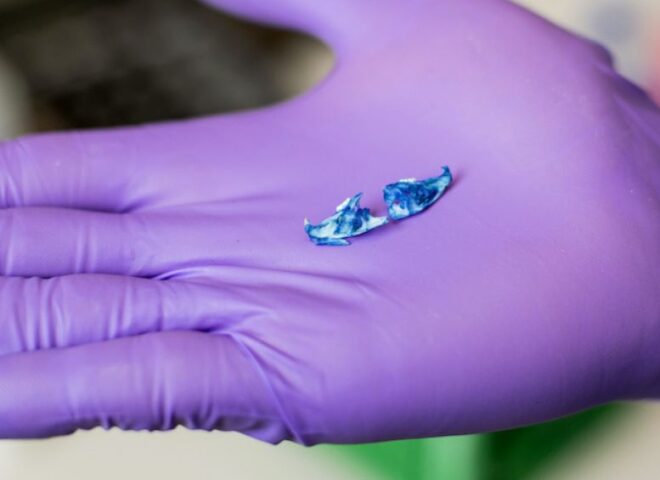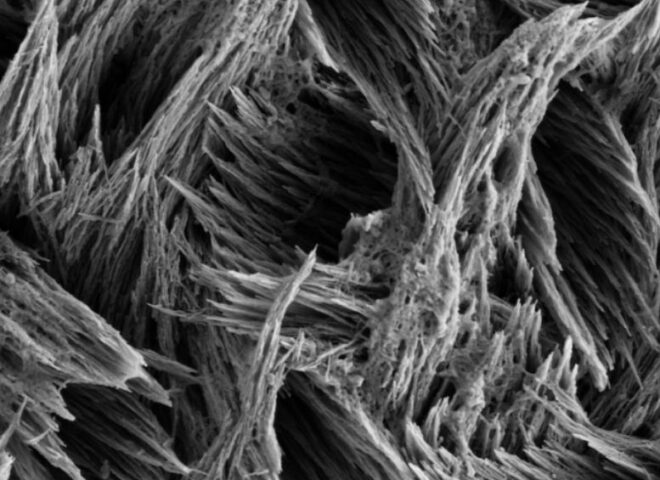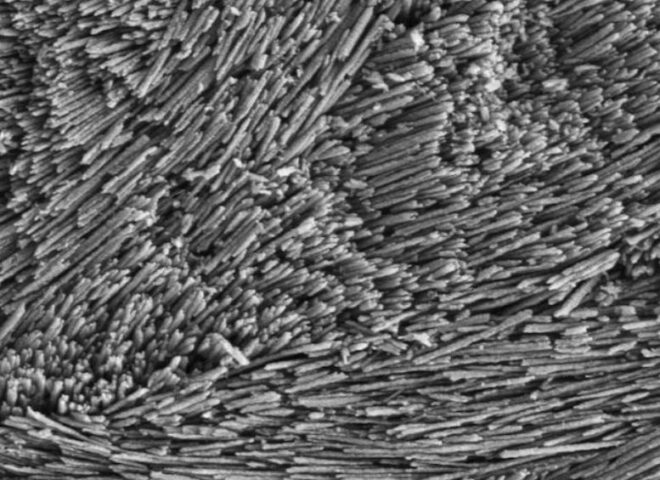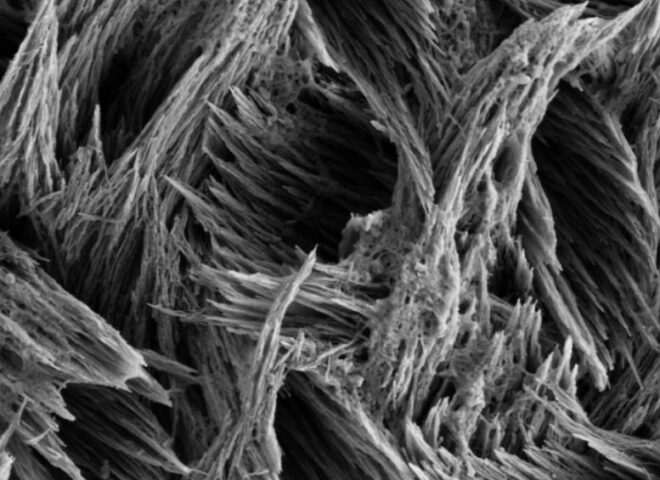Teeth and Mineralized Tissue Biology
Our teeth start to form before we are born and last a lifetime, withstanding extreme variations in temperature, acidity, and mechanical stress. Teeth are so structurally unique that advanced engineering approaches attempt to mimic the natural make-up of teeth, which are characterized by a very hard shell on a softer core that is anchored in the jaw. In addition, teeth record during their formation a person’s health history and environmental exposures. This makes teeth an ideal individualized biomarker that offers a gateway to precision medicine.

Tooth enamel is extremely hard without being brittle. These exceptional properties are achieved through the arrangement of mineral crystals in an intricate pattern with small amounts of protein retained. When the balance of protein and mineral distribution is disrupted during tooth development, or the crystal composition or arrangement is altered, enamel becomes weak and susceptible to microbial decay, acid dissolution, or mechanical failure. Since there is no cellular mechanism for repairing enamel after tooth eruption, ADA Forsyth researchers seek to develop and apply alternative mechanisms of repair.
Researchers at ADA Forsyth are working to understand how genetic background and interaction with the oral environment determines the process of tooth formation and changes the timing, composition, and properties of tooth enamel. Environmental exposures, including toxicants or other forms of stress, can affect the process of tooth formation and leave a mark in the tooth that is preserved, hence providing a record of such exposures. ADA Forsyth researches are working with other scientists to unlock this record and decipher the encoded life histories each tooth holds.

When enamel is weak: Dental caries and chalky teeth
Dental caries, commonly known as cavities, is the most prevalent bacterial disease, affecting more than 90 percent of the U.S. population. Despite having comparable oral hygiene and other risk factors such as diet and maternal health, some people appear to be more susceptible to decay than others. At ADA Forsyth, researchers are trying to figure out why by looking at the problem from two perspectives. One is the genetic makeup that influences the enamel properties in very small but important ways. The other is examining the interface and interactions between tooth enamel and the oral microbiome. Forsyth research aims to reveal the factors that amplify susceptibility to tooth decay.
The term “chalky teeth” refers to an enamel defect that is seen in up to 30 percent of U.S. children whose permanent teeth—especially the first molars and incisors—erupt with discolorations and patches of soft enamel. The affected children have very pain-sensitive teeth. ADA Forsyth researchers are working towards new strategies for improving enamel hardness, thus making enamel stronger.

When the tooth structure fails
The outer hard enamel part of the tooth covers a softer core of dentin that is anchored into the jaw. Our enamel is thick, compared to other animals, but the transition from enamel to dentin is very thin. This interface between dentin and enamel is so remarkable because it provides an extremely strong and tough connection between two materials with very different structures, composition and physical properties. At ADA Forsyth, our goal is to better understand how this interface can withstand a long working life without failing and why it does fail when enamel chips off as in some genetic diseases or after chemical or radiation treatments. To avoid this loss of tooth function and provide advanced treatment strategies, we aim to design new interfaces that are biomimetic, durable, and meet the mechanical requirements of repetitive loading.

